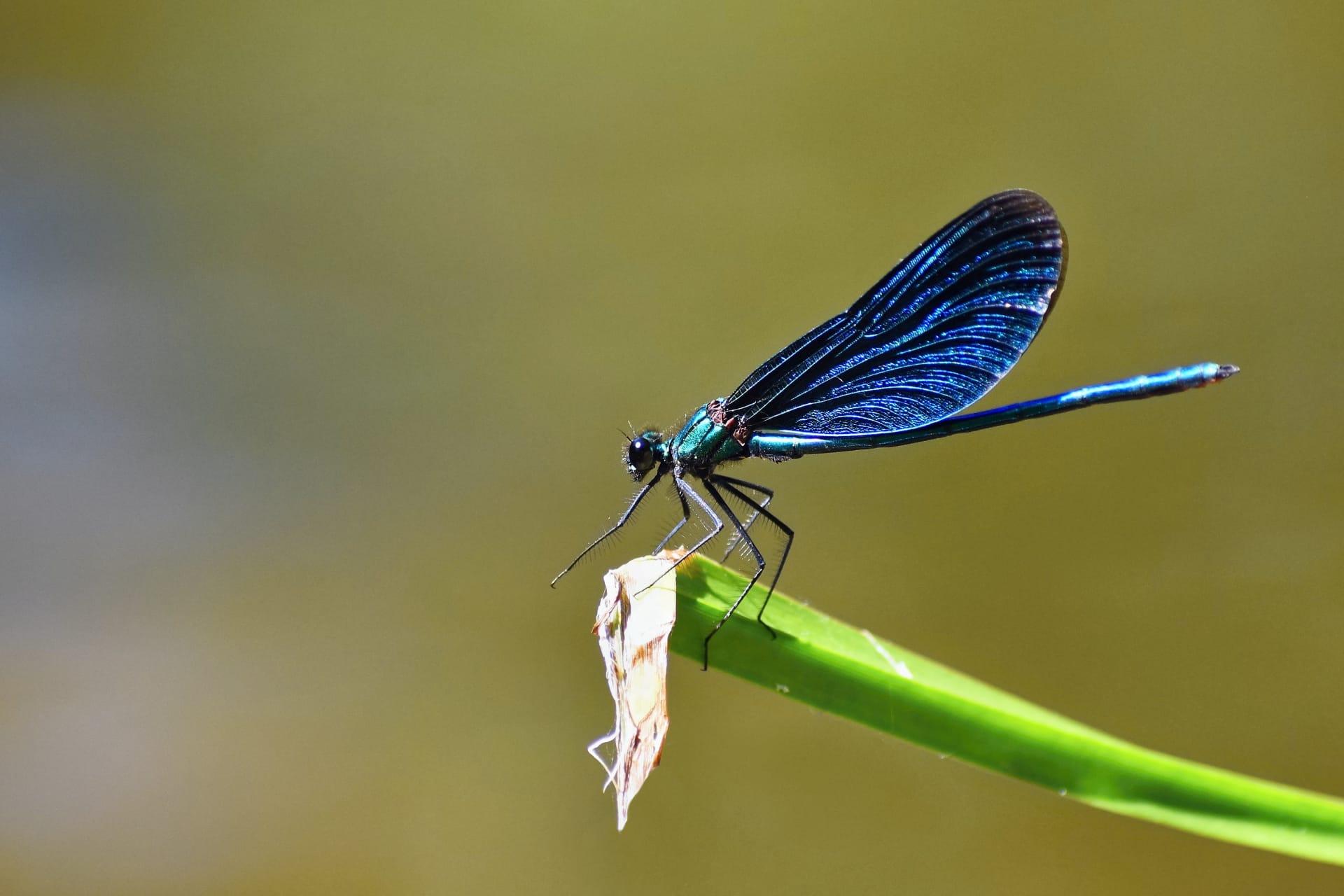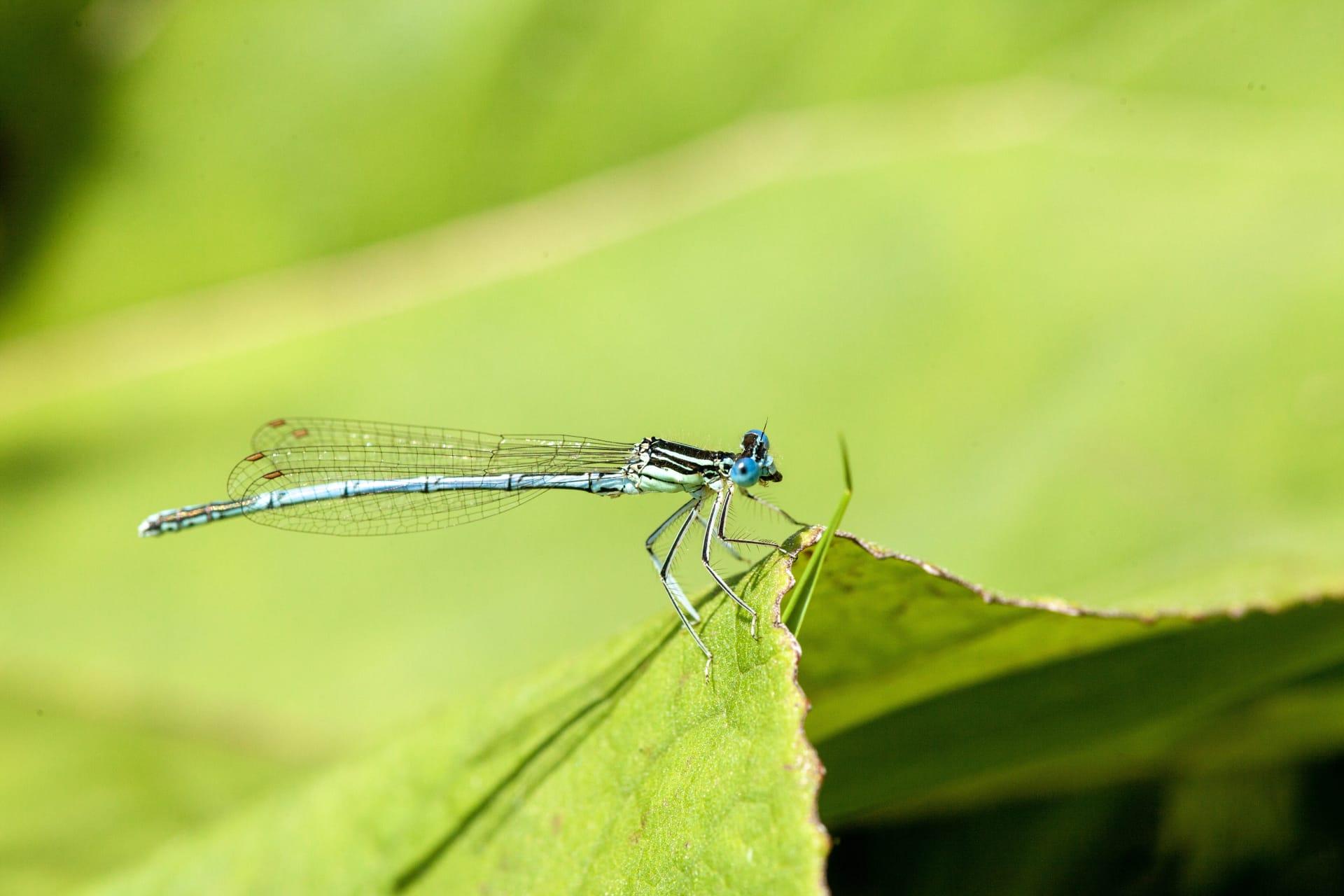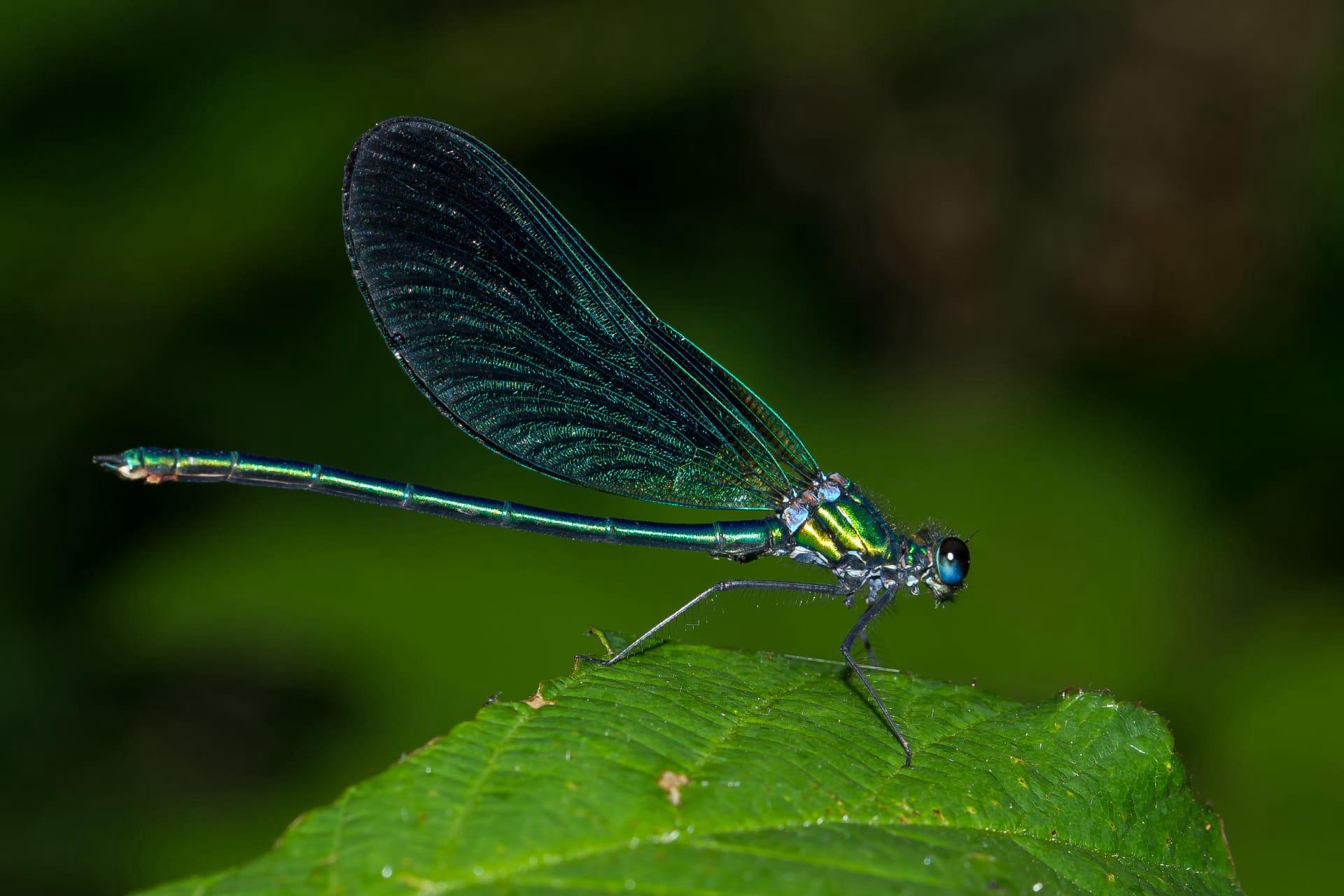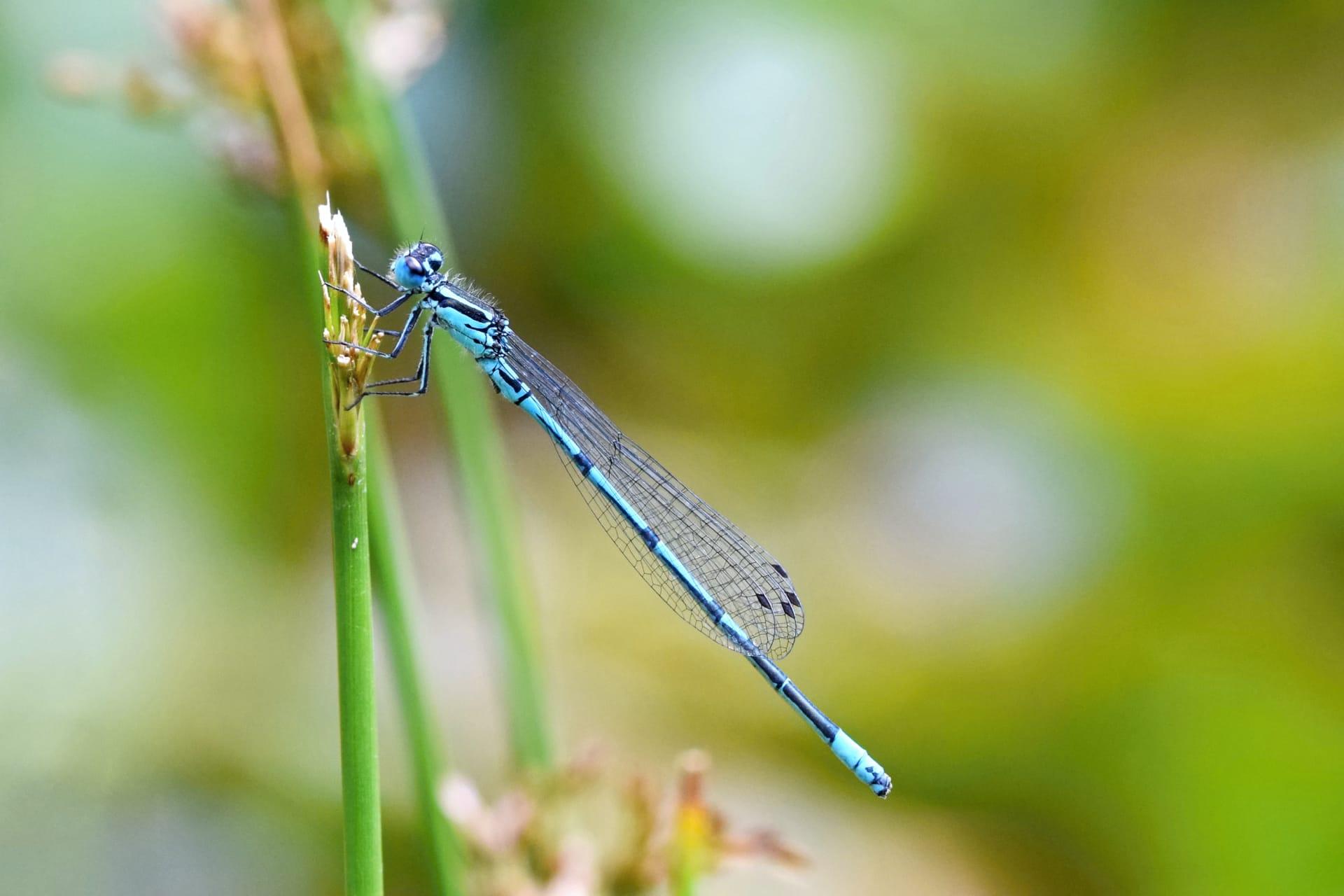Blue Dragonfly Characteristics
- Home /
- Mini Encyclopedia /
- Animal /
- Blue Dragonfly Characteristics
1
The Blue Dragonfly, a fascinating creature of the insect world, boasts a slender and elongated body, typically measuring around 1.5 to 2 inches (3.8 to 5.1 cm) in length. The hallmark of these insects is their striking blue coloration, varying from vibrant sky blue to deep indigo, making them a remarkable sight. As for their lifespan, blue dragonflies have a life cycle that spans about 6 months to several years, though most of this time is spent in the larval stage underwater, with the adult stage lasting only a few weeks to a few months.
One of the most distinctive organs of the Blue Dragonfly is its compound eyes. These large, multifaceted eyes are a marvel of nature, covering most of their head and providing nearly 360-degree vision. This exceptional visual capacity is crucial for their survival, aiding in the detection of predators, prey, and mates. Each eye is composed of up to 30,000 tiny lenses, allowing them to perceive a wide range of colors, including ultraviolet light, and to detect even the slightest movements in their environment.

2
Question: Why do Blue Dragonflies often hover in one place and what does this behavior signify?
Answer: Blue Dragonflies are known for their ability to hover in mid-air, sometimes for extended periods. This is not just a display of their aerial prowess but also a strategic hunting tactic. By hovering, they can scan their surroundings for prey like mosquitoes and other small insects. This behavior also plays a role in territorial displays and mating rituals. Their powerful and agile wings, capable of beating around 30 times per second, allow them to hover with remarkable stability, making them efficient predators in their ecosystems.

3
The movement characteristics of Blue Dragonflies are a testament to their agility and precision as flyers. They are among the fastest insects, reaching speeds of up to 35 miles per hour (56 km/h). Notably, they have the ability to move in six directions – upward, downward, forward, backward, and side to side – and can change direction abruptly. This agility is crucial for catching prey and avoiding predators.
As for feeding habits, Blue Dragonflies are carnivorous, primarily preying on mosquitoes, flies, and other small insects. They catch their prey in mid-air with incredible accuracy. Their larvae, known as nymphs, are aquatic and also carnivorous, feeding on a variety of aquatic organisms. Dragonflies, both in adult and larval stages, play a crucial role in controlling insect populations, particularly mosquitoes.

4
Blue Dragonflies are commonly found in and around freshwater habitats like ponds, lakes, and slow-moving streams. They prefer clean water with abundant aquatic vegetation, which provides ideal conditions for laying eggs and for the larval stage to thrive. The presence of these dragonflies is often an indicator of a healthy aquatic ecosystem.
In terms of reproduction, Blue Dragonflies have a unique and intricate mating process. The male first secures a territory near the water, then attracts a female with aerial displays. Mating occurs in-flight and is quite brief. The female lays eggs on or near water, often on floating or submerged vegetation. The eggs hatch into nymphs, which live underwater for several months to years before emerging as adults.

5
Book: "Dragonflies of the World" by Jill Silsby. This comprehensive guide, published in 2001, offers a global perspective on dragonfly species, including the Blue Dragonfly. Silsby, an Australian author, provides detailed insights into the behavior, habitat, and distribution of these captivating insects, accompanied by vivid photographs.
Book: "The Secret Life of Dragonflies" by Robert A. Cannings. Published in Canada in 2002, this book delves into the fascinating world of dragonflies, with a focus on North American species. Cannings, a renowned entomologist, presents an accessible yet informative exploration of dragonfly biology, ecology, and their role in various cultures, complemented by stunning imagery.